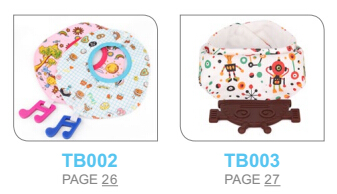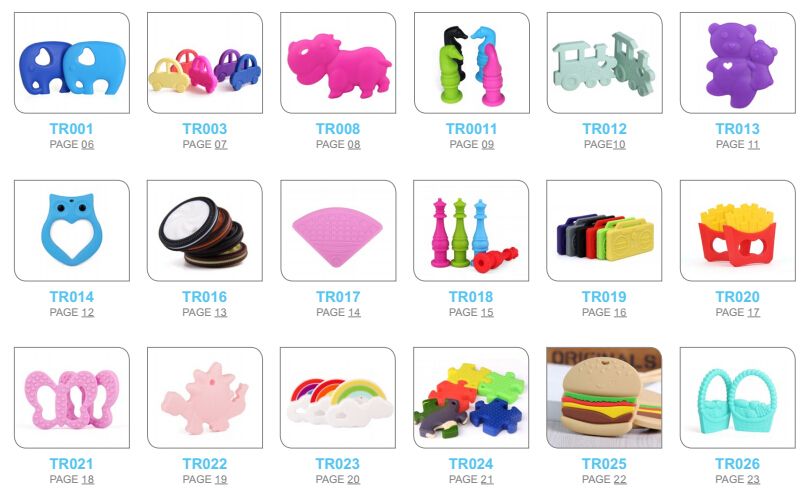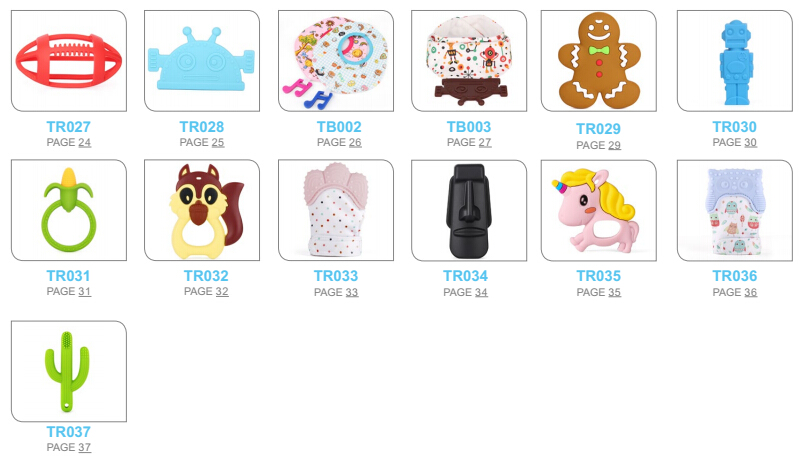Brief Introduction of Refractive Screen Printing Technology in Packaging and Printing
Refractive screen printing technology for packaging printing
In recent years, the refraction screen printing technology is a new star in the packaging screen printing family. The traditional refraction effect is generally to first make a copper-zinc plate with a refraction texture, and use a round or round flattened relief printing machine in gold The lines of different angles are pressed on the silver card paper to produce a refractive texture effect. The disadvantage of this method is that the plate making cost is high and the effect is not ideal. The screen printing can easily print ultra-high on mirror gold and silver card paper. The thin concave and convex lines will produce a colorful refraction effect after being irradiated with light, making the screen printed packaging more noble and gorgeous.
The process of refraction screen printing is as follows: design of refraction manuscript; stretched net; cleaning and coarsening screen; coating of photoresist; exposure; development; revision; double exposure; printing.
1. Refractive original design
The design points of the refracted manuscript are as follows: draw the part of the image that needs to be refracted to a millimeter bisector, divide each millimeter length into 5 ~ 8 bisectors, and each bisector is divided into black and white 10 ~ 16, etc. Taking 16 as an example, it can be designed as black 4 white 12 or black 8 white 8. The lines are divided into three types: straight line, arc and ellipse, and the line and arc are in mutual contact with the change of the image.
The refraction pattern has a fine and complex appearance, and its internal structure cannot be seen with the naked eye. Under a microscope of more than 40 times, you can see at a glance that the refraction pattern is composed of several or dozens of lines arranged at equal distances but with different angles and arcs. The thickness of the refraction bar should be 0.10 ~ 0.15μm, and the film can be produced with a high-resolution laser phototypesetter.
2. Make a refraction screen
(1) The selection and stretching of the screen. The production of the refraction screen must use the appropriate screen, which requires the screen to have good elasticity, and is resistant to friction, the expansion rate should be very small, the mesh should be large, and the printing ink layer should be Thick. Polyester wire mesh is an ideal choice.Generally, the mesh number is 390 ~ 420 mesh / inch.
When stretching the net, choose an oblique stretch net with an angle of 22.5 °.
18 ~ 22N / cm. The newly stretched silk screen must be cleaned and roughened, which has a very important effect on the quality of the screen.
(2) Coating photosensitive glue. Whether it is automatic gluing or manual gluing, you must ensure that the glue is even and smooth. The number of times of refracting screen printing depends on the thinness of the photosensitive glue, generally 4 times .When the first time gluing, the glue applicator should be scraped on the front and back sides of the screen uniformly to make the photosensitive glue fill the mesh uniformly, and then dried in a drying oven at 40 ℃. The second and third times Only dry the glue on the printed surface, and the fourth time is to dry the glue on the ink scraping surface.
(3) Exposure. The refraction bars are finer and more dense. In order to ensure the quality of the printing, the printing machine with a vacuum adsorption device must be used for printing. The film should be closely attached to the photosensitive film surface of the screen during printing. The plate time should be appropriate. If it is too long, it will be difficult to develop. If it is too short, it will affect the durability of the screen, and the refractive bar will also become thicker. You can use the test strip to measure the exact exposure time required.
(4) Development. Put the laid screen into the shading pool, the water depth in the pool is 20 ~ 30cm, the screen should be soaked in water for 1 minute, then press the screen repeatedly into the water, and use the water pressure to put the image Part of the photosensitive glue is squeezed out and cleaned. In order to ensure the uniformity of the refracted screen photosensitive film, it needs to be rinsed with a low-pressure water gun during development. After the development is sufficient, it is dried.
(5) Revision. Check the layout for pinholes, air bubbles and other defects, and repair it.
(6) Double exposure. After drying the screen, a second exposure is also required to completely cure the photosensitive film on the plate surface and improve the printing durability of the screen.
3.UV refractive ink
UV refraction ink can produce unique refraction effect only when printing on the surface of mirror substrate. When printing, you can add appropriate amount of thinner to dilute it.
4. Refractive screen printing
If the area of ​​refraction printing is large, in order to ensure quality, it must be completed with a high-precision screen printing machine, and small areas can be printed manually. Refraction screen printing requires the operator to make high-quality screens and scrapers The hardness, angle and pressure, as well as the performance of UV refractive ink must be understood in order to be able to take corresponding countermeasures against various problems that occur in the production process.
Precautions
1. The same type of screen printing inks produced by different manufacturers also have certain differences in quality and performance.Generally, it is necessary to go through trial printing to ensure that the quality is stable and reliable before mass production.
2. The ink must be fully stirred before use, especially when mixing several patterns of ice flower ink, it is best to use a bamboo board to stir, and it is best to use a wide-leaf mixer when using it in large quantities.
3. Pay attention to check the curing of the ink to avoid affecting the hardness and adhesion fastness of the ink layer due to incomplete curing.
4. The temperature change will change the viscosity of the ink, resulting in the difference in printing effect, so the ink should be put into the printing workshop in advance to adapt it to the workshop temperature and ensure the stability of quality.
5.UV ink is irritating to the skin. Be careful when taking it to avoid contact with the skin.If the skin is stained with ink, it should be rinsed with soapy water immediately.
6. The ink should be sealed and stored at low temperature (2 ~ 18 ℃), protected from light and heat. The storage period is generally 6 months to avoid changes in ink performance.
Silicone baby bibs is a baby essential items, a good baby bibs will keep your baby cloth net and clean, away from baterial,
and our baby bibs can do more things than that, all our bibs can sew or tie a small silicone baby teether at the end, the
baby teether will help relief baby teething pains, and also help your baby teething trainning.Our baby teethers are made
of 100% food grade silicones, FDA, BPA Free, EN71 approved, and most of them can tie on our baby bibs.
We are pround of trust by all our customers like, Nuby, NUK, The Honest Company, Target, Wal-mart and etc, we are making
our products tol help more babies in this world have a happy teething time, they can be a very good memories for all babies after
thir grow up, let do this together, pls contact our sales for more information.



For More: baby teething bibs, teething bibs, silicone baby teether, Baby Teething Toys
Silicone Baby Bibs
Silicone Baby Bibs,Waterproof Silicone Girl Bibs,Silicone Feeding Baby Bib,Printing Silicone Baby Bibs
Shenzhen Kean Silicone Product Co., Ltd. , https://www.keansilicon.com